MP3, AAC, WAV, FLAC: all the audio file formats explained
Do you know your OGG from your ALAC?
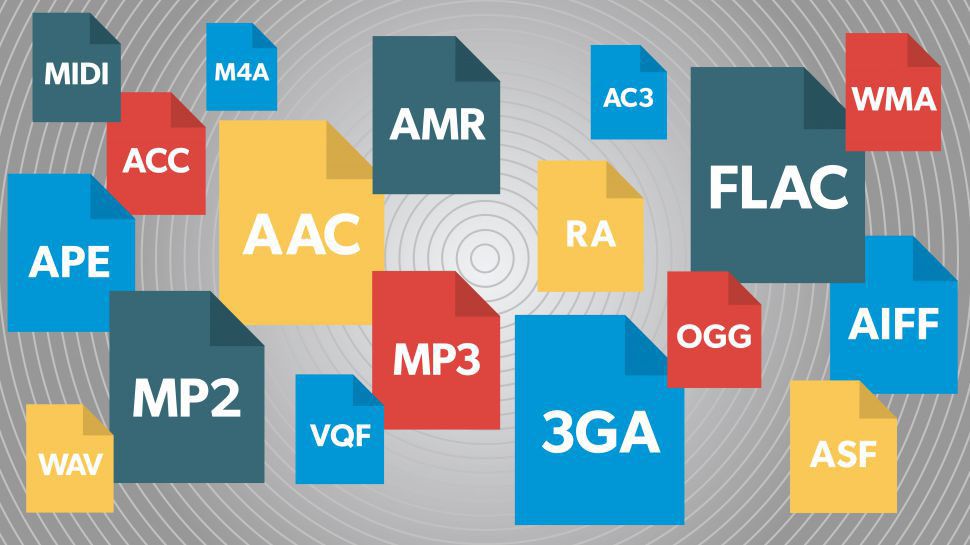
Digital music comes in many different formats – almost everyone knows MP3 thanks to Napster at the end of the last century, but what about OGG, AIFF, MQA or DSD? Confused? Don't worry, we're here to help you chart a course through this alphabet soup.
Here we'll break down what these file formats are, what makes them different from their alternatives and why that matters. We'll also spell out which qualify as hi-res audio.
So read on, get up to speed and you'll make an informed choice next time you listen.
File formats and codecs at a glance
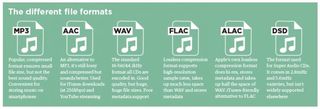
Want to cut straight to the chase? Here's a handy guide to all the file formats and the differences between them. If you want to know more, read on below for a more in-depth look at the differences in size, sound quality and compatibility.
AAC (not hi-res): Apple's alternative to MP3 – stands for 'Advanced Audio Coding'. Lossy and compressed, but sounds generally better. Used for Apple Music streaming.
ALAC (hi-res): Apple has also developed its own lossless audio compression technology. In addition to AAC, the entire Apple Music catalogue is also encoded using ALAC (Apple Lossless Audio Codec) in resolutions between 16-bit/44.1 kHz (CD quality) and 24-bit/192 kHz.
AIFF (hi-res): Apple's alternative to WAV, with better metadata support. It is lossless and uncompressed (so big file sizes) but not hugely popular.
DSD (hi-res): The single-bit format used for Super Audio CDs. It comes in 2.8MHz, 5.6MHz and 11.2MHz varieties but, as it's high quality and uncompressed, is (mostly) impractical for streaming.
FLAC (hi-res): This lossless compression format supports hi-res sample rates, takes up about half the space of WAV, and stores metadata. It's royalty-free and is considered the preferred format for downloading and storing hi-res albums. The downside is that it’s not supported by Apple (so not compatible with Apple Music).
MP3 (not hi-res): Popular, lossy compressed format ensures small file size but is far from the best sound quality. Convenient for storing music on phones and iPods.
MQA (hi-res): A lossless compression format that packages hi-res files for more efficient streaming. It was previously used for Tidal Masters hi-res streaming, but in 2024 that switched to using FLAC. Also used for the CD format too.
OGG (not hi-res): Sometimes called by its full name, Ogg Vorbis. A lossy, open-source alternative to MP3 and AAC, unrestricted by patents. The file format used (at up to 320kbps) in Spotify streaming.
WAV (hi-res): The standard format in which all CDs are encoded. Great sound quality but it's uncompressed, meaning huge file sizes (especially for hi-res files). It has poor metadata support (that is, album artwork, artist and song title information).
WMA Lossless (hi-res): A lossless incarnation of Windows Media Audio, but no longer well-supported by smartphones or tablets.
- Best music streaming services: free streams to hi-res audio
- Hi-res music streaming services compared: which should you sign up for?
Compressed vs uncompressed audio files
First, let’s talk about the three categories all audio files can be grouped into – uncompressed, lossless and lossy. Which falls into which category comes down to how compressed the data is (if at all) and, as a result, how much quality or “loss” you’ll experience as a listener.
If no compression algorithm (or codec) has been used to compress the audio within your file, two things happen: zero loss in sound quality and, soon enough, a “startup disk full” warning on your laptop. Essentially, an uncompressed track is a reproduction of the original audio file, where real-world signals are transformed into digital audio.
A lossless track is compressed to a smaller file size for better practicality and efficiency but shouldn't impact sound quality, whereas lossy tracks are the smallest and therefore easiest to store and download – but in order for that to be possible have to discard some audio information in the compression process.
WAV vs AIFF: uncompressed audio file formats
WAV and AIFF are arguably the most popular uncompressed audio file formats, both based on PCM (Pulse Code Modulation), which is widely recognised as the most straightforward audio storage mechanism in the digital domain. Both WAV and AIFF files use similar technology, but store data in slightly different ways. They can store CD-quality or high-resolution audio files.
WAV was developed by Microsoft and IBM, hence it's used in Windows-based platforms, and is the standard format all CDs are encoded in.
AIFF was developed by Apple as an alternative to WAV, and although not as widely popular, AIFF files have better metadata support, meaning you can include album artwork, song titles and the like.
The drawback? These babies are big. A CD-quality (16-bit, 44.1kHz) file will take around 10MB of your hard drive per minute in length.
ALAC vs FLAC vs WMA Lossless: lossless audio formats
Everyone loves a FLAC. A lossless file, the FLAC (Free Lossless Audio Codec) is compressed to nearly half the size of an uncompressed WAV or AIFF of equivalent sample rate, but there should be no “loss” in terms of how it sounds. FLAC files can also provide a resolution of up to 32-bit, 96kHz, so better than CD quality.
Other lossless audio file formats include ALAC (Apple Lossless) and WMA Lossless (Windows Media Audio). The former is a good iOS and Apple Music-compatible alternative to FLAC, although the files are slightly less compact than FLACs. Check for smartphone and tablet compatibility, though.
AAC vs MP3: lossy audio formats
Who’s heard of an MP3? Course you have. Steve Jobs famously pulled 1000 of them out of his pocket on 23rd October 2001. It is easily the most common audio format, and MP3s are convenient for storing music on portable players or tablets and work on almost all playback devices. But to do that, you have to lose a load of information in the process. In order to make audio files up to ten times smaller than CD quality files, some original data must be discarded, resulting in a loss of sound quality.
The bit-rate at which an MP3 is recorded also affects the sound quality. MP3s encoded at 128kbps will incur more sound loss than those encoded at 320kbps (kilobits per second, where each “bit” is essentially a “piece” of the song). Now that storage is so much cheaper, we'd avoid 128kbps at all costs, though 320kbps MP3s still have their purpose if your storage is limited – and they remain a standard on download stores.
Another lossy format is AAC (Apple's Advanced Audio Coding) which is compressed much like an MP3, but it’s slightly more efficient and sounds better. AAC is used for Apple Music streaming (at 256kbps) and YouTube streaming.
The Vorbis format, often called Ogg Vorbis owing to its Ogg container, (the best way to think of this is that OGG is the can, Vorbis is the ring-pull) is a lossy, open-source alternative to MP3 and AAC, unrestricted by patents. Ogg Vorbis is the file format used (at up to 320kbps) in Spotify streaming.
If you’re sticking with lossy, it’s worth remembering this: while more “bits” usually mean better sound, it depends on the efficiency of the codec in your file. Although you might notice that much of the music in your collection is encoded at 128kbps so should be much of a muchness, an MP3 will likely sound a fair bit (see what we did there?) worse than an AAC or Ogg Vorbis file, due to the inefficiency of the codec in an MP3.
What about high-resolution audio?
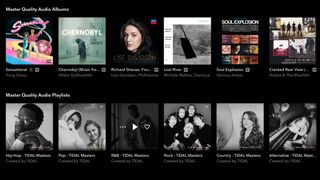
Unlike high-definition video, there’s no single universal standard when it comes to high-resolution audio.
However, in its simplest terms, hi-res audio tends to refer to music files that have a higher sampling frequency and/or bit depth than CD – which is specified at 16-bit/44.1kHz. Hi-res files are commonly (but not exclusively) downloadable and streamable in 24-bit/48kHz, 24-bit/96kHz and 24-bit/192kHz.
So why should you care? Quite simply, hi-res audio files have a lot of extra audio information and thus sound a lot better than compressed audio formats, which lose information in the compression process. They will take up more storage space but we definitely think it's worth the trade-off.
Uncompressed files like AIFF and WAV are hi-res, as are those lossless FLAC and ALAC file formats. DSD (the somewhat niche format used for Super Audio CDs) is also hi-res, but it’s not as widely supported. When it comes to streaming, MQA is a file packing format used by the likes of Tidal Masters, which helps to bring hi-res audio to streaming services using as little bandwidth as possible.
As for playing hi-res audio, an increasing amount of digital products now support it (and in many flavours, too) – from portable music players and phones to wireless speakers and all-in-one hi-fi systems.
- High-resolution audio: everything you need to know
- How to play hi-res music and lossless audio on your iPhone
Which is the best audio file format for you?
The file format you choose will depend on whether storage or sound quality is your key concern, as well as which devices you intend to use for playback.
MP3s became hugely popular when storage was at a premium. Now that phones, music players and laptops have far more storage space, we think you really should be looking to use better-than-CD-quality files.
If you’re archiving your audio files, a FLAC or other lossless file might be a good shout for ripping your music, though. Lossless files strike a good balance between compression and sound quality, allowing you to listen to the best quality digital music without taking up all your storage space. Just make sure your devices are all compatible with your file format of choice.
What format does Apple Music use?
Apple Music (the streaming service) uses AAC, which was developed by Apple. If you're importing files to Apple Music for local playback, AAC will be the default option, but you can also choose AIFF, Apple Lossless, MP3 and WAV.
Does Tidal use MQA?
It used to for its Tidal Masters. But as of July 2024, it dropped MQA in favour of FLAC. MQA had previously gone into administration, been saved and its parent company has since joined forces with HDTracks to launch a new MQA-powered hi-res service.
MORE:
The problem with hi-res audio? How you might be listening to it
Where can you buy hi-res music? Here are the top download sites
Get the What Hi-Fi? Newsletter
The latest hi-fi, home cinema and tech news, reviews, buying advice and deals, direct to your inbox.
Joe has been writing about tech for 20 years, first on staff at T3 magazine, then in a freelance capacity for Stuff, The Sunday Times Travel Magazine (now defunct), Men's Health, GQ, The Mirror, Trusted Reviews, TechRadar and many more. His specialities include all things mobile, headphones and speakers that he can't justifying spending money on.

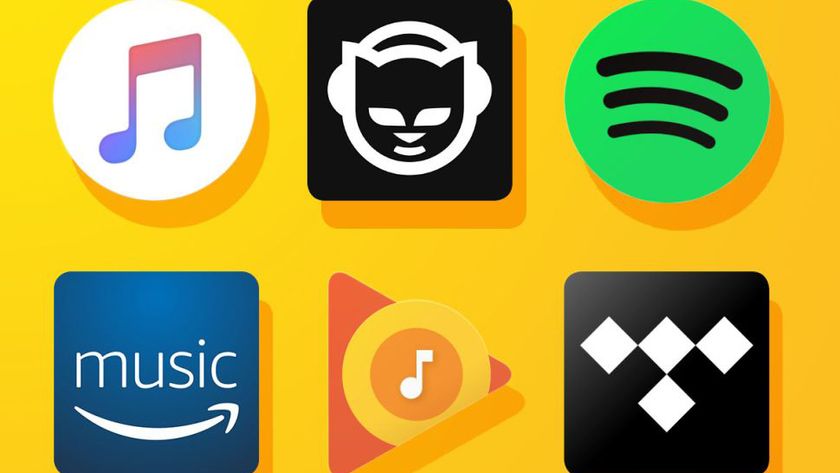
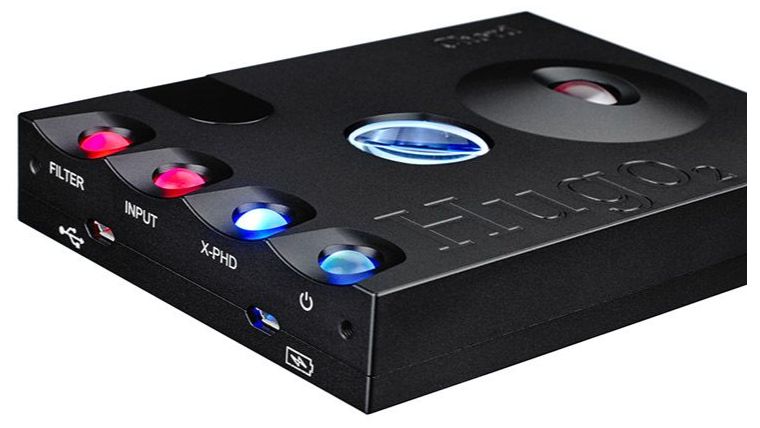
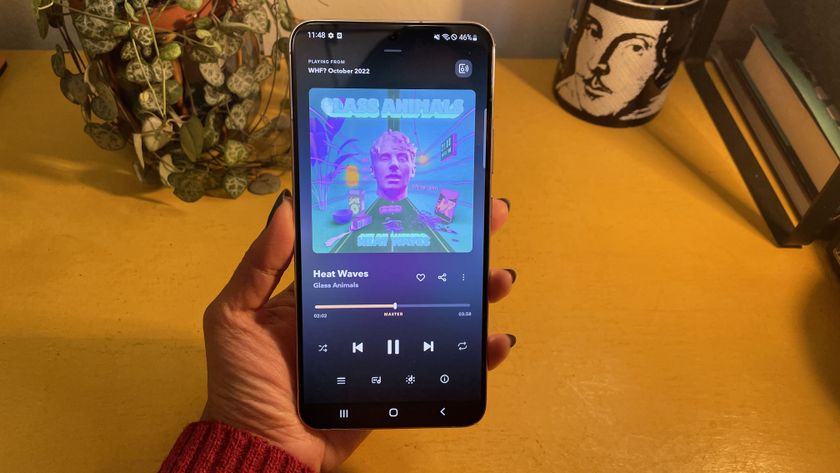
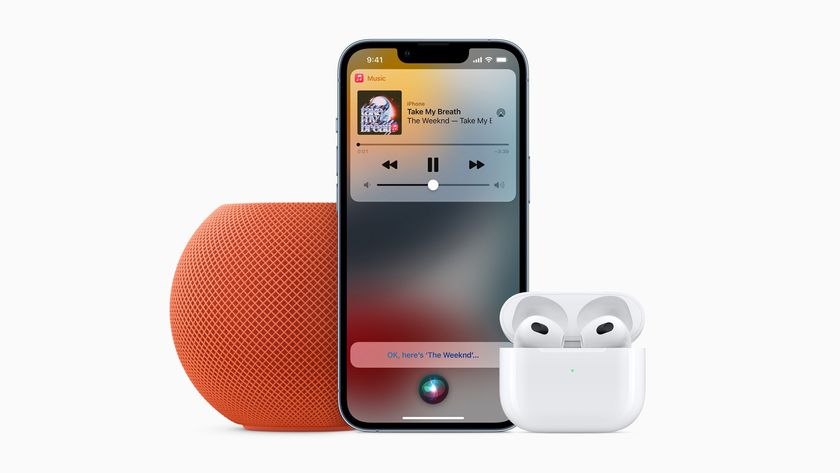
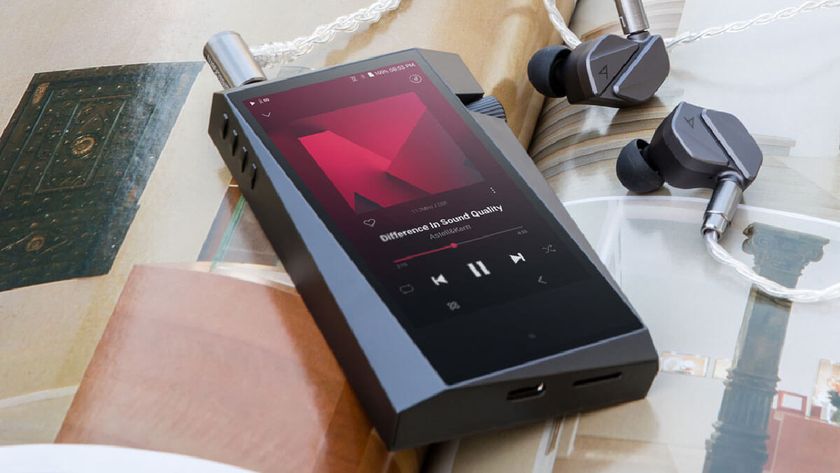

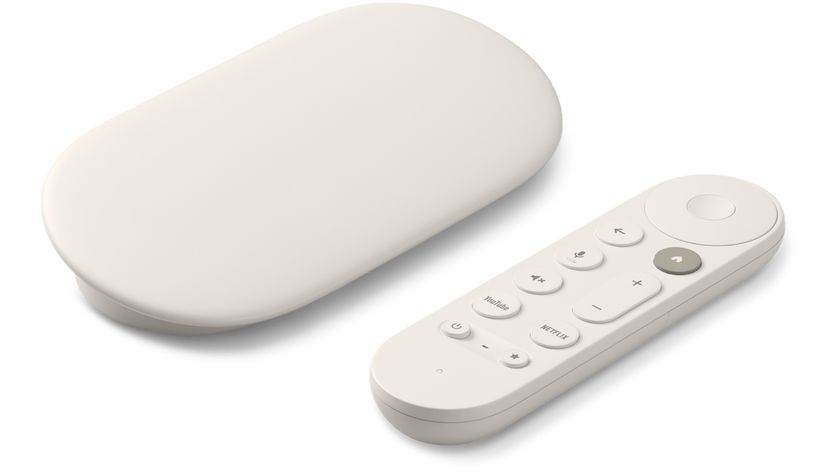
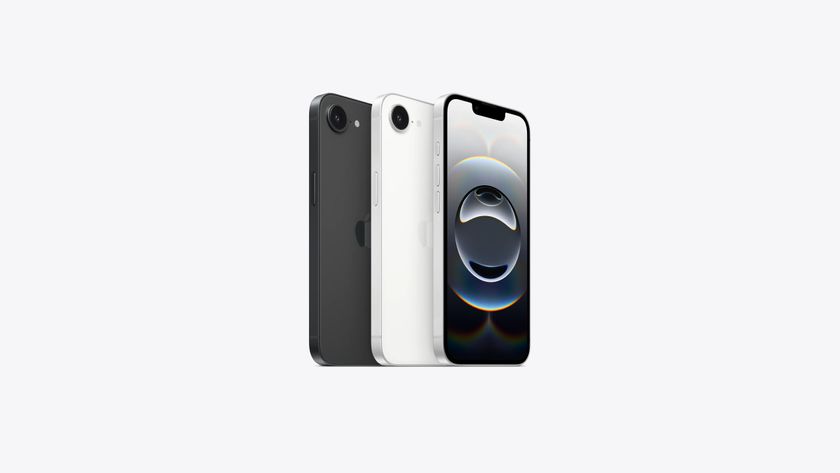

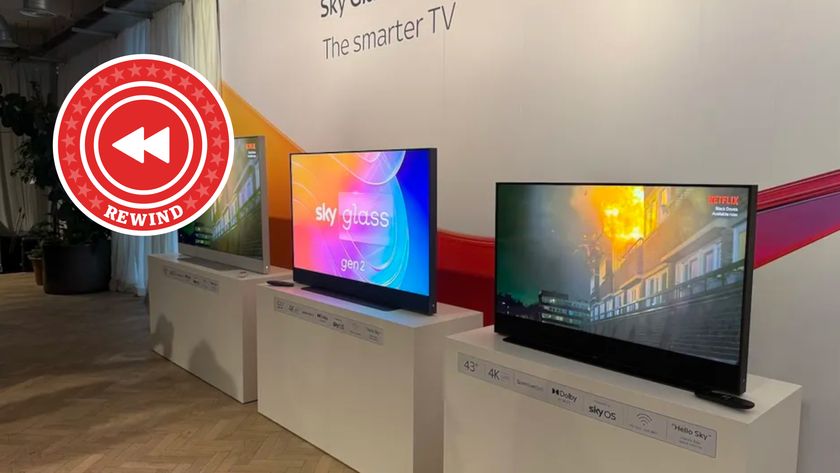
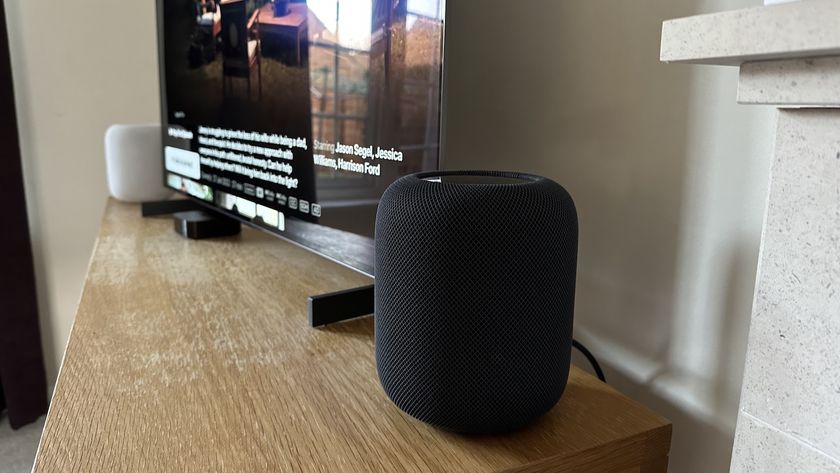


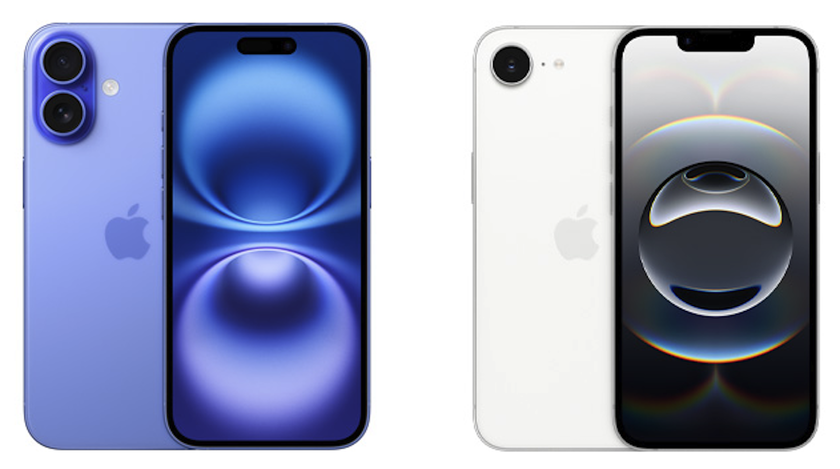


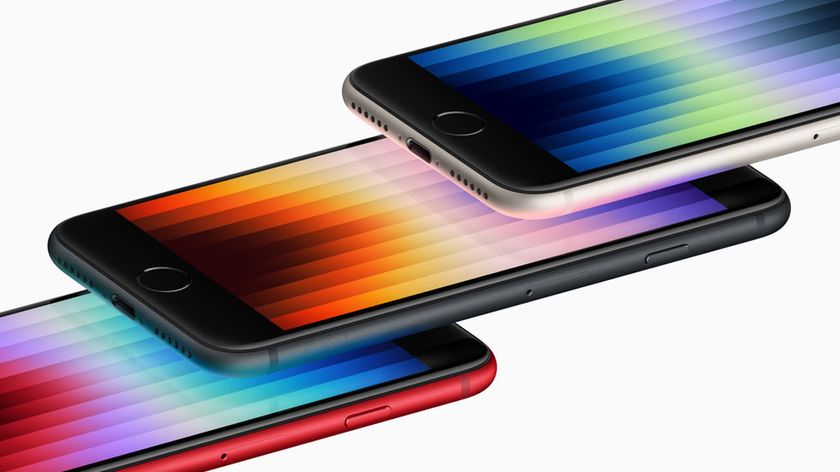
-
HappySounds You describe AAC in your article as:Reply
"AAC (not hi-res): Apple's alternative to MP3".
This is a significant distortion (sorry...).
Apple had no part whatsoever in the development of the standard. The standard was established in 1997 and was part of the standards for MPEG-2 and subsequently MPEG-4, but was not adopted as an audio-only format until Apple used it as the default standard for iTunes and the iPod. They definitely popularised it, but they did not invent it or even contribute to its development. -
SeaBee You forgot an interesting audio format: Opus.Reply
- completely free to use (not patent encumbered, royalty-free).
- better than MP3 or OGG in most cases, best quality at high compression levels.
- supported by Android (since v6 I think) and many softwares (VLC, FFMPEG. foobar2000, web browsers, ...)
Opus Wikipedia entryOpus codec official site -
purjo ReplySeaBee said:You forgot an interesting audio format: Opus.
Also is used by Youtube nowadays. -
chichaz FLAC is great... except that it will not play on Macs or iPhones without specific software (like VLC aka Videolan). Otherwise it's pretty much the perfect format. Apple strikes again :rolleyes:Reply -
botrytis Sorry, MQA IS NOT LOSSLESS - it uses a lossy compression system. Please fix your erroneous error.Reply
If the initial file is 96/24 and you put it through the MQA system it will come out 48/16 or 17. The bit depth of the file has been changed and removes and you will never get it back. MQA actually removes part of the file like MP3 does. Putting the same 96/24 file through a FLAC compressor the file will be smaller but will still have the 24 bit depth. -
nazar6 Reply
Yes you are right I am also using OPUS its better (loud & clear) than flac, wav etc and even take less spaceSeaBee said:You forgot an interesting audio format: Opus.
- completely free to use (not patent encumbered, royalty-free).
- better than MP3 or OGG in most cases, best quality at high compression levels.
- supported by Android (since v6 I think) and many softwares (VLC, FFMPEG. foobar2000, web browsers, ...)
Opus Wikipedia entryOpus codec official site -
chichaz Reply
Loud and clear are not generally terms I associate with SQ. If you like the sound of a lossy codec (OPUS is), well, enjoy. If you want what was originally intended, then stick to WAV, FLAC, or ALAC.nazar6 said:Yes you are right I am also using OPUS its better (loud & clear) than flac, wav etc and even take less space
